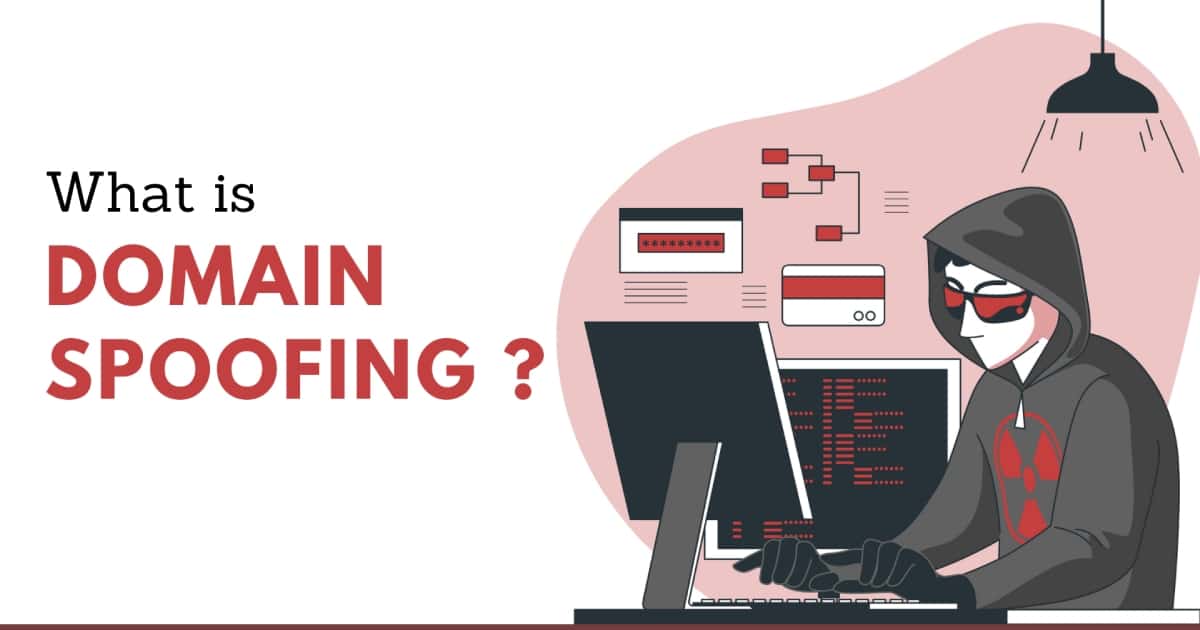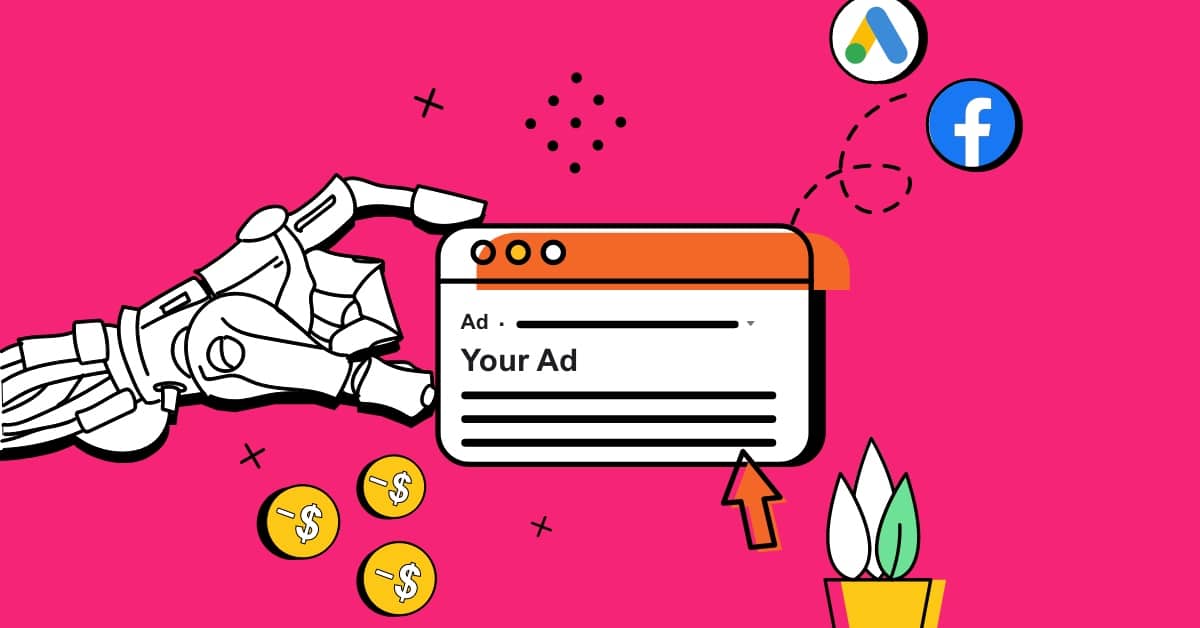Ad fraud is a significant concern for advertisers, leading to wasted ad spend, skewed campaign metrics, and compromised ROI. Understanding the different types of ad fraud and implementing preventive measures is crucial to protect your digital advertising campaigns. In this blog post, we will explore seven types and provide actionable steps to prevent ad fraud.
Impression Fraud
Impression fraud occurs when fraudulent actors generate fake ad impressions to artificially inflate the number of views. To prevent impression fraud, implement ad verification tools that detect suspicious traffic patterns and filter out invalid impressions.
Click Fraud
Click fraud involves fake clicks on ads, often generated by automated bots or click farms. To prevent click fraud, use anti-fraud filters that analyze click patterns and block suspicious clicks. Additionally, monitor traffic quality to identify anomalies and spikes in click activity.
Conversion Fraud
Conversion fraud occurs when fraudulent actors manipulate conversion data to make it appear as if ad campaigns are generating more conversions than they actually are. To prevent conversion fraud, set up conversion tracking and regularly monitor the accuracy and consistency of conversion data.
Ad Stacking
Ad stacking refers to the stacking of multiple ads on top of each other, with only the top ad being visible. Advertisers pay for impressions that go unseen. To prevent ad stacking, work with reputable ad networks and publishers and regularly monitor ad placements to ensure visibility.
Domain Spoofing

Domain spoofing involves misrepresenting the origin of ad inventory by displaying ads on unauthorized websites. To prevent domain spoofing, implement ads.txt (Authorized Digital Sellers) files and work with trusted partners who adhere to industry standards.
Bot Traffic
Bot traffic refers to non-human traffic generated by bots. Bots can artificially inflate metrics, skewing campaign performance. To prevent bot traffic, use bot detection tools and analyze traffic patterns to identify and block suspicious bot activity.
Pixel Stuffing
Pixel stuffing involves hiding multiple ads within a single pixel, making them invisible to users while still registering impressions. To prevent pixel stuffing, work with ad networks that actively monitor and prevent such fraudulent practices.
Why Ad Fraud is a Concern for Advertisers

It undermines the effectiveness and integrity of digital advertising campaigns. It leads to wasted budget, misallocated resources, and erodes trust in the industry. By understanding the various types of ad fraud and implementing preventive measures, advertisers can protect their investments and ensure the accuracy and effectiveness of their campaigns.
How to Prevent It
Implement Ad Verification Tools: Utilize ad verification tools that detect and prevent fraudulent activity, such as invalid impressions and suspicious traffic patterns.
Use Anti-Fraud Filters: Employ anti-fraud filters that analyze click patterns and block suspicious clicks, reducing the impact of click fraud.
Monitor Traffic Quality: Regularly monitor traffic quality to identify anomalies, spikes in activity, and patterns indicative of fraudulent behavior.
Set Conversion Tracking: Implement conversion tracking to accurately measure and monitor the performance of your ad campaigns, detecting any signs of conversion fraud.
Work with Trusted Partners and Publishers: Collaborate with reputable ad networks, publishers, and partners who prioritize ad fraud prevention and adhere to industry standards.
Stay Updated on Industry Best Practices: Stay informed about the latest industry best practices and guidelines for ad fraud prevention, as fraudsters constantly evolve their techniques.
Regularly Analyze Campaign Data: Continuously analyze campaign data, including impressions, clicks, and conversions, to identify any discrepancies or suspicious activity that may indicate ad fraud.
By following these preventive measures and staying vigilant, advertisers can minimize the impact and protect the integrity of their digital advertising campaigns.
Ad fraud poses significant challenges to advertisers, but by understanding the different types of it and implementing preventive measures, advertisers can mitigate its impact. By utilizing ad verification tools, monitoring traffic quality, and staying informed about industry best practices, advertisers can protect their investments and ensure the accuracy and effectiveness of their digital advertising campaigns. Stay proactive and stay one step ahead of fraudsters to safeguard your ad budgets and campaign performance.
FAQs
It can lead to wasted ad spend, ineffective marketing campaigns, and skewed performance metrics. It undermines the integrity of digital advertising and erodes trust between advertisers and publishers.
Monitoring traffic patterns, analyzing engagement metrics, and using ad fraud detection tools can help identify signs of ad fraud. Look for anomalies in click-through rates, conversion rates, and suspicious activities, such as high traffic volumes from certain sources.
Yes, it is illegal in many jurisdictions. Depending on the severity and impact, perpetrators of ad fraud can face fines, legal actions, and reputational damage.
Absolutely. Small businesses can implement preventive measures such as using detection tools, collaborating with trusted partners, and regularly monitoring traffic sources. These steps can significantly reduce the risk of ad fraud and safeguard advertising investments.
If you suspect ad fraud, gather evidence and document suspicious activities. Report the issue to the ad network, publisher, or relevant authorities. Consider consulting legal professionals to explore possible legal actions.
To stay ahead of evolving ad fraud techniques, it is recommended to review and update your anti-fraud measures periodically. Stay informed about emerging trends and technologies in ad fraud prevention and adjust your strategies accordingly.
Our Related Articles
- How To Choose The Right Digital Marketing Strategy For Your Business
- What Is OTT Advertising, And Why Is It A Trend?
- Display Vs. Native Advertising: What’s The Difference?
- 5 Simple Ways To Lower The Cost Of Your Facebook Ads
- 9 Compelling Resons You Should Be Advertising Online
- 8 Ways To Improve Online Marketing Strategy For Business Growth
 Anas is our go-to copywriter with a knack for crafting persuasive and high-converting eCommerce landing pages. His passion for words and understanding of consumer psychology helps turn visitors into loyal customers. When he's not refining his copy, Anas enjoys exploring the latest digital marketing trends and experimenting with new writing techniques. His blend of creativity and strategic thinking makes him an indispensable part of our energetic team.
Anas is our go-to copywriter with a knack for crafting persuasive and high-converting eCommerce landing pages. His passion for words and understanding of consumer psychology helps turn visitors into loyal customers. When he's not refining his copy, Anas enjoys exploring the latest digital marketing trends and experimenting with new writing techniques. His blend of creativity and strategic thinking makes him an indispensable part of our energetic team.












